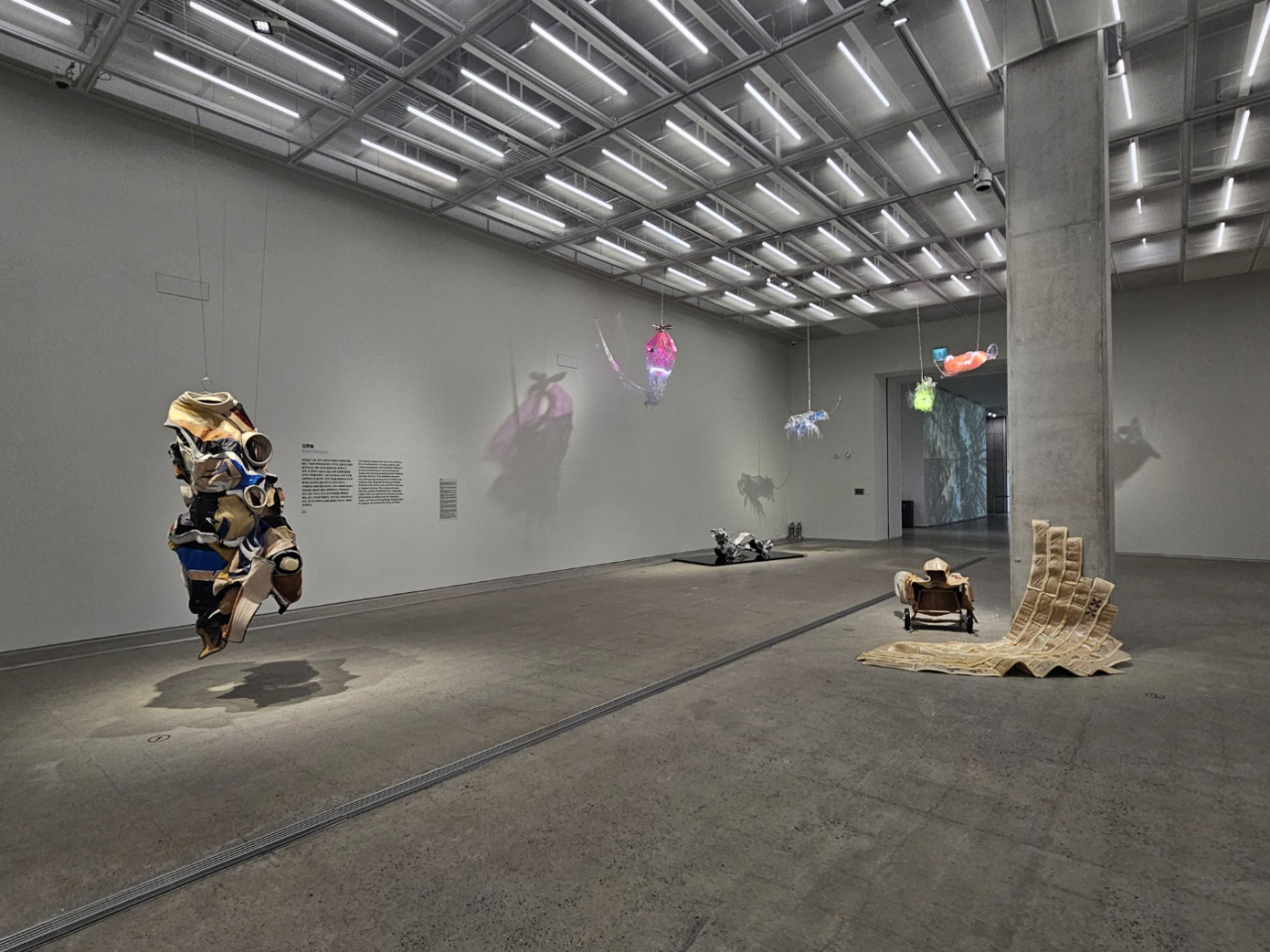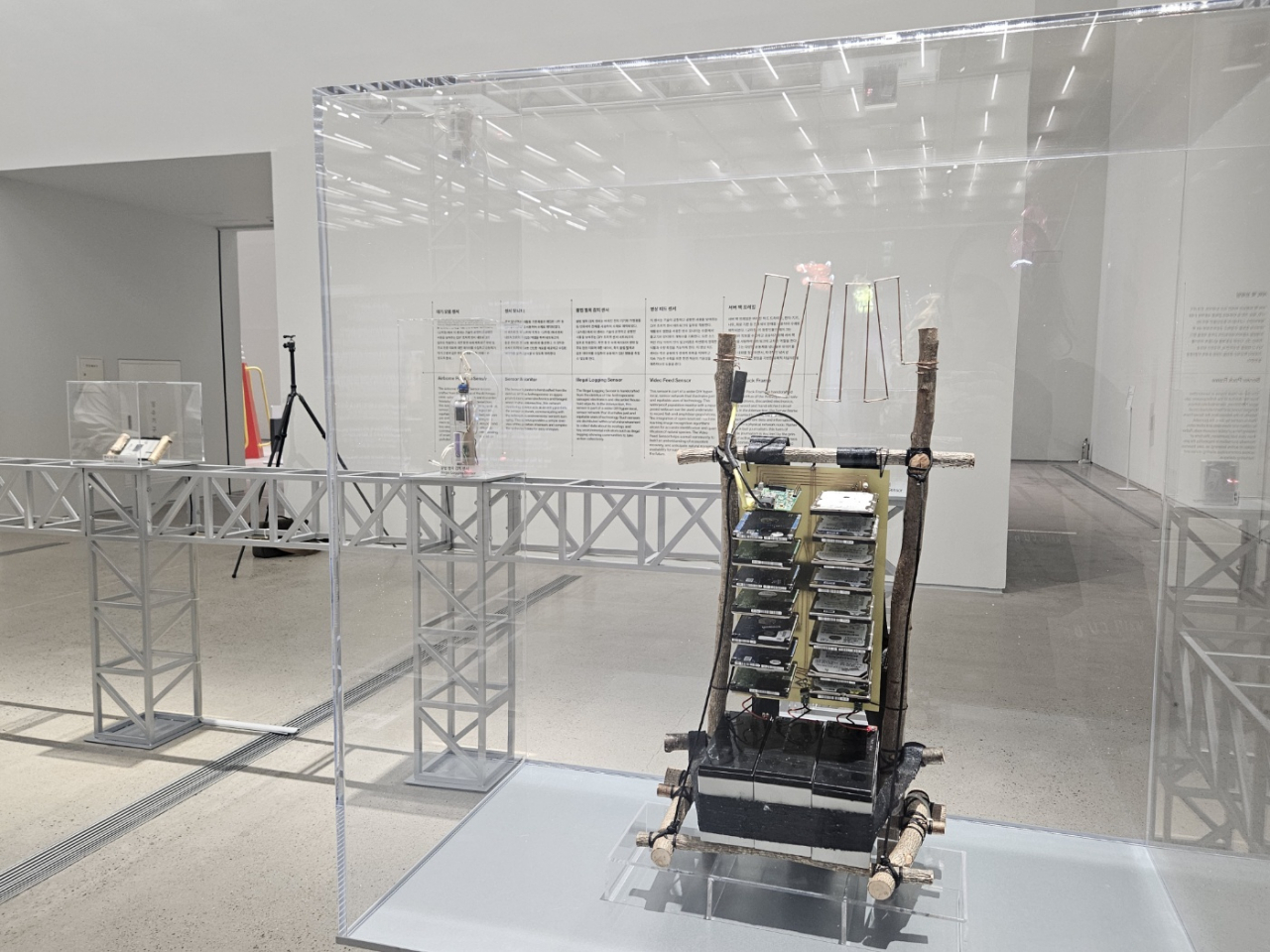Imagine living in a world where you interact with objects
By Park YunaPublished : May 16, 2024 - 17:51

How do we relate ourselves to objects around us? Fast-developing technologies lead us to think about a future where human beings interact with objects that are powered by artificial intelligence. In fact, we are already living in that era.
The exhibition “What Things Dream About” at the National Museum of Modern and Contemporary Art, Korea in Seoul starts by imagining what it would be like if things act and think – much like human beings.
“Some may find the theme a little bit confusing. But it is our job as a museum to expand people’s thoughts and help them imagine,” said curator Woo Hyun-jung of the exhibition, which kicks off Friday.
In the 13-minute video work “Quercus” by Formafantasma, the research-based design studio shows how environmental issues are increasingly forgotten amidst expectations for the future. The artists juxtapose two videos created after investigating the logging industry in Europe with footage of trees asking for symbiosis as a being equal to humans. The studio was founded in 2009 by Andrea Trimarchi and Simone Farresin.
Kim Han-sol takes clothing to be the closest thing to human beings physically and questions the influences between the two. He replaces the zippers, pockets and buttons of clothes with skeletons, organs and skins of living things.

The artist collective Superflux, founded by Anab Jain and Jon Ardern, addresses social issues such as climate change, algorithmic autonomy and the future of jobs in the documentary and installation work “Intersection.”
The four protagonists in the documentary face social issues such as fake news and use alternative technologies to solve the problems. The servers, sensors and monitors in the film are made from recycled electronics and household items – and these objects traverse the past, present and future to create a new narrative with humans.
The exhibition presenting some 60 works by 15 artists and collectives runs through Sept. 18.











![[KH Explains] How Hanwha Qcells thwarts China surge in US solar market](http://res.heraldm.com/phpwas/restmb_idxmake.php?idx=644&simg=/content/image/2024/06/10/20240610050507_0.jpg&u=)








